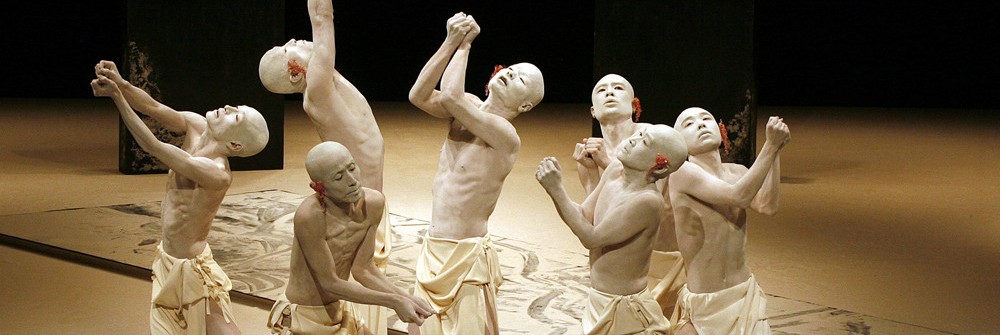 I am often asked where I draw my ideas and sources from for Theatre Room. Today’s post is a good example of just how eclectic and diverse those inspirations often are. The image on the left first popped up in my Facebook feed, but it was a busy day and I didn’t read the accompanying post. A day or so later I saw the same photograph in a picture gallery in The Telegraph of a performance celebrating Twelfth Night in London. So this is where the trail began. The photograph is in fact of an old friend of mine, Daniel, who is trustee of and occasional performer with a company called The Lions Part. The Lions Part, amongst other things, recreate traditional Mummers Plays, one of the oldest theatrical traditions in Europe. Mummers Plays or Mumming are short dramas with rhyming texts, traditionally performed at certain times of the year, usually associated with traditional Christian or Pagan festivals, such as Christmas or All Hallows Eve (Halloween). The origins of Mumming are a little obscure, but have been traced to medieval Europe, most specifically Germany, Britain and Ireland although there are suggestions that it was much older than that, perhaps even stretching as far back as ancient Egypt. Another theory places the emergence of Mumming alongside that of Pantomime in the 1700’s, with connections therefore, to Commedia dell’arté
I am often asked where I draw my ideas and sources from for Theatre Room. Today’s post is a good example of just how eclectic and diverse those inspirations often are. The image on the left first popped up in my Facebook feed, but it was a busy day and I didn’t read the accompanying post. A day or so later I saw the same photograph in a picture gallery in The Telegraph of a performance celebrating Twelfth Night in London. So this is where the trail began. The photograph is in fact of an old friend of mine, Daniel, who is trustee of and occasional performer with a company called The Lions Part. The Lions Part, amongst other things, recreate traditional Mummers Plays, one of the oldest theatrical traditions in Europe. Mummers Plays or Mumming are short dramas with rhyming texts, traditionally performed at certain times of the year, usually associated with traditional Christian or Pagan festivals, such as Christmas or All Hallows Eve (Halloween). The origins of Mumming are a little obscure, but have been traced to medieval Europe, most specifically Germany, Britain and Ireland although there are suggestions that it was much older than that, perhaps even stretching as far back as ancient Egypt. Another theory places the emergence of Mumming alongside that of Pantomime in the 1700’s, with connections therefore, to Commedia dell’arté
The word Mummer can be traced to Greek mythology. Momus was the personification of satire, mockery and censure. Mummer can also be connected to the late Middle English word mommer and the Old French word momeur. Each relates to miming, masking and folk play. There is a short but comprehensive history of Mumming and its origins, written by Peter Millington, which you can read here. Millington comments that the exact history is unclear and there are a range of views with regard to the real origins. He points to an even more interesting source of information and research by the Traditional Drama Research Group (TDRG), based at the University of Sheffield. The TDRG site is simple, but full of interesting information including many original texts.
In Britain, they are rarely performed today, but the images above show that a few hardy individuals are keeping the tradition alive. This particular performance by The Lions Part has taken place on Bankside, outside the reconstructed Globe Theatre for many years. The Mummers are dressed up as characters such as Turkey Sniper, Clever Legs and the Old ‘Oss and perform a boisterous play about the story of St. George, which dates back to the time of the crusades. This is done alongside other Twelfth Night celebrations, which traditionally mark the end of the winter festivals and the turn of a new year. You can get a sense of the occasion in the video below:
.
I was reminded of a recent presentation given by a student of mine, Sidney, on the Irish tradition of Wren Boys which is associated with Mumming in Ireland, where it is also still performed. Perhaps what surprised me most though is that Mumming is still alive and well in Philadelphia, in the US, where there is even a museum dedicated to the form. There is some fascinating (silent) footage from British Pathé which shows the Philadelphia Mummers parade from 1927. Clearly the American version of Mumming has evolved radically from its original European form, but its roots are evident.
In the unlikely event I ever find myself in London in the middle of a freezing European winter, I shall certainly be taking a look at this great theatrical tradition.


